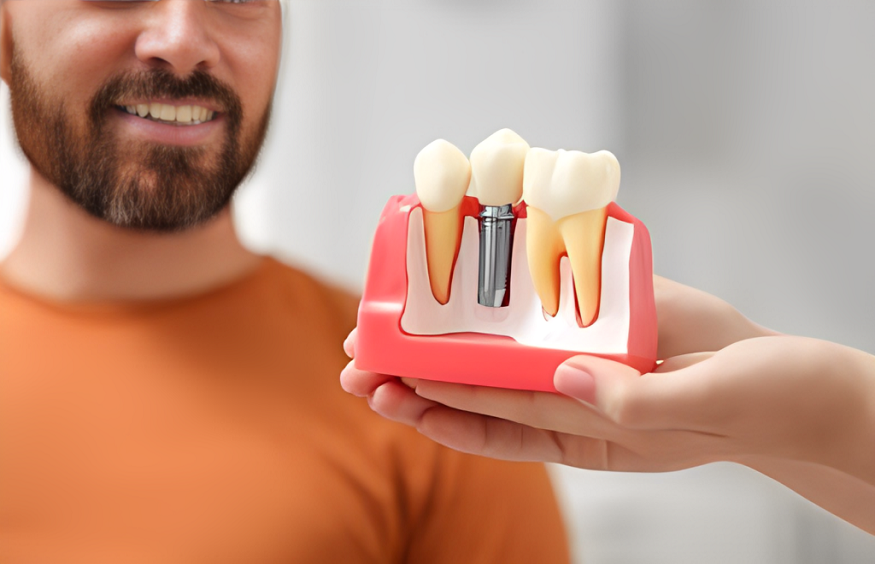Latest Advancements in Dental Technology
3 min read
The new advancements in technology make dentistry an exciting and transforming field. Technologies such as 3D printing, laser dentistry, and artificial intelligence are enhancing the ways in which various dental operations are carried out. These technologies not only improve the quality of care but also improve the flow of work in dental practice in Worcestershire and, in turn, active patient management. They are gradually transforming the face of dental treatment, making procedures less invasive and more accurate.
This article seeks to discuss current developments in dentistry, with a focus on 3D-printed crowns, lasers, and diagnostics supported by artificial intelligence.
1. 3D-Printed Crowns
One of the most impressive developments in dentistry is the application of additive printing technology for making dental crowns and other prosthetics. In the past, constructing a crown was likely to require many appointments with the dentist, which involved physical impressions and fabrication by a dental laboratory. However, through the use of 3D printing, a dentist is in a position to produce crowns that have a high degree of accuracy within several hours. It can be used to design and print crowns that are ideally suited to the patient’s dental system; thus, there is less requirement for adjustment to make, and the whole experience is more comfortable. The opportunity to manufacture crowns as kits with extended tactile stalls will save time and provide more comfortable treatment for the patient without the necessity to visit a dentist several times.
2. Laser Dentistry
Laser dentistry is another technological advancement that has revolutionized many dental treatments. Laser treatment is applied for cavity removal, gum sculpting, and teeth bleaching. This technique’s effectiveness has several advantages compared to other methodologies, such as being free from pain and bleeding, shorter time to heal, and accuracy. For instance, as a specialty area, the laser can treat soft tissue problems with almost no pain and bear a very short recovery time, thus making different procedures more desirable to the patients. Furthermore, applying lasers can bring better results in beautifying therapies, which means that a cosmetic dentist, Ludlow, can gain better results in beautifying teeth with fewer invasive solutions.
3. AI-Powered Diagnostics
Artificial intelligence is gradually becoming a crucial instrument in diagnosing dental diseases. This is mainly because, through dentists’ collaboration, AI algorithms can interpret images, such as x-rays of the teeth, and diagnose ailments like cavities, gum diseases, and other related dental diseases and ailments. This technology also helps dentists arrive at faster and more effective decision-making regarding treatment plans. Moreover, AI activity can help diagnose dental problems by understanding the patient’s dental history and tendencies and providing actions. When AI is used in diagnostics, dental practices will have better diagnostic information, communication, and overall patient care.
4. Tele-dentistry
Although more popular than telemedicine, teledentistry has emerged as a working idea, especially with the increase of the COVID-19 pandemic. This technology enables patients to seek professional opinions from dentists from the comfort of their homes, and this will go a long way in helping patients in areas that dentists do not serve well. The dentist can make preliminary and post-treatment assessments during video calls and digital surveys without a face-to-face meeting. This development enhances accessibility to dental treatment while also allowing continuity of care for patients with such ailments as restricted mobility and/or impaired transport facility to the dental practice.
Final Thoughts
The development of 3D printed crowns, lasers in dentistry, artificial intelligence as diagnostic tools, and dentistry from the comfort of the home has revolutionized dentistry. These innovations increase the accuracy and speed of precise dental work and transform the patient’s engagement with the procedure. As more dental practices apply these technologies to their practice, the future of dentistry is bright, thus offering the best to the patient with their needs met. Adopting these technologies will undoubtedly place dental professionals on top of these emerging healthcare strategies and enable them to serve their patients better.





